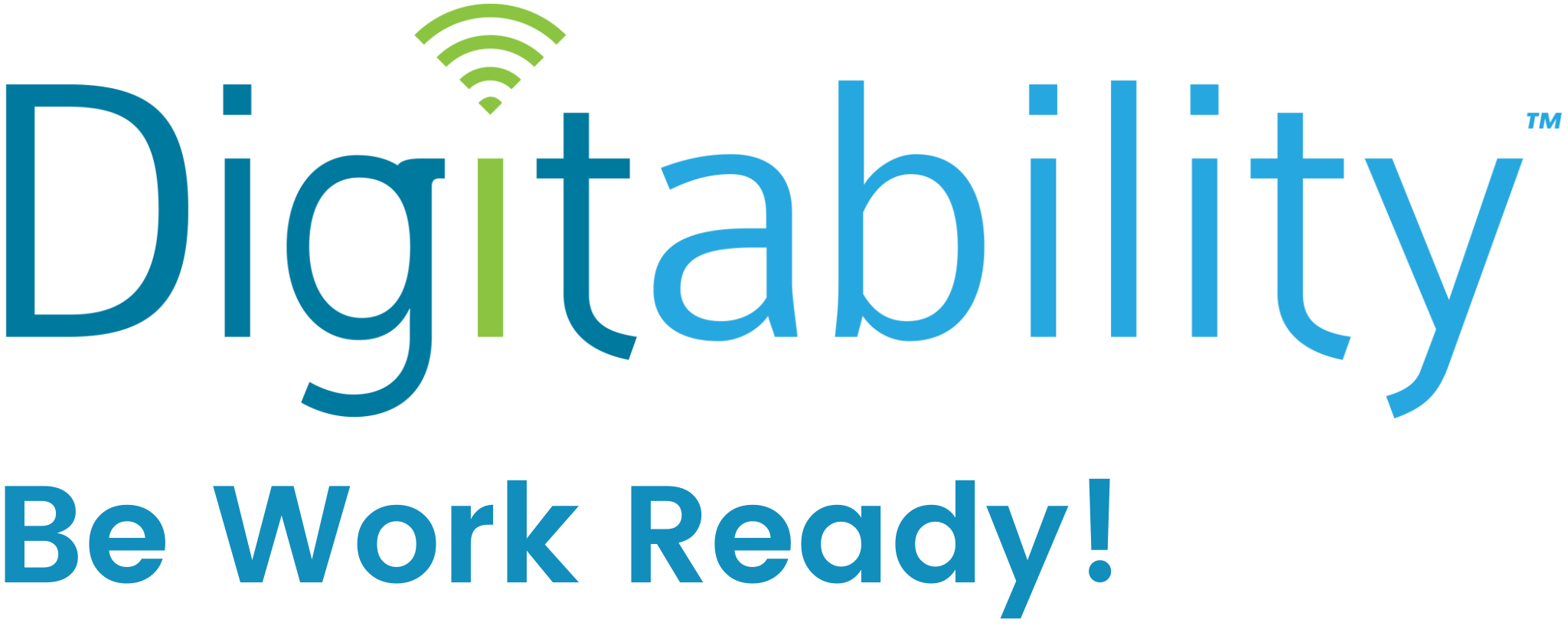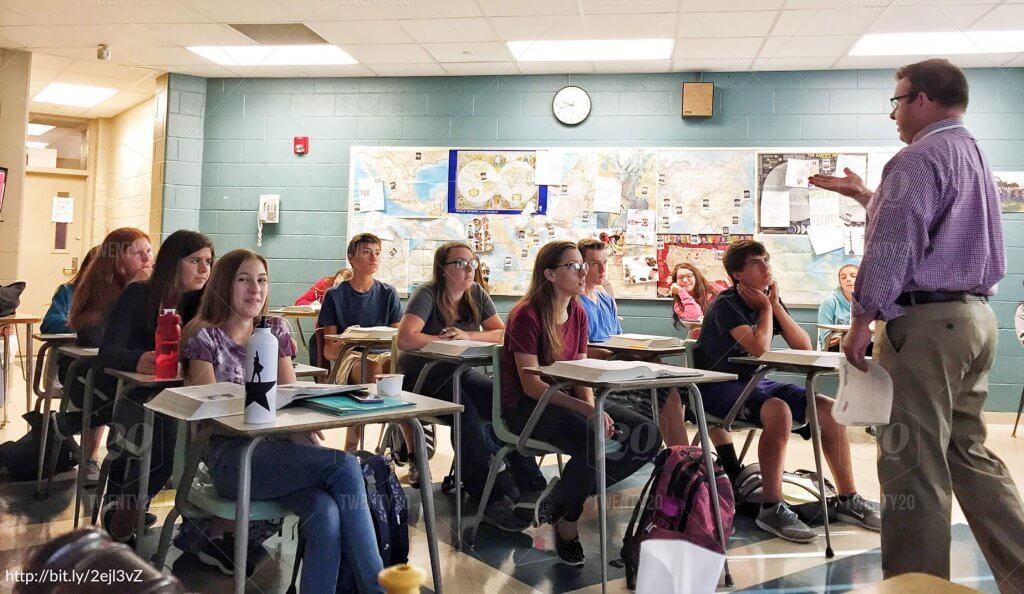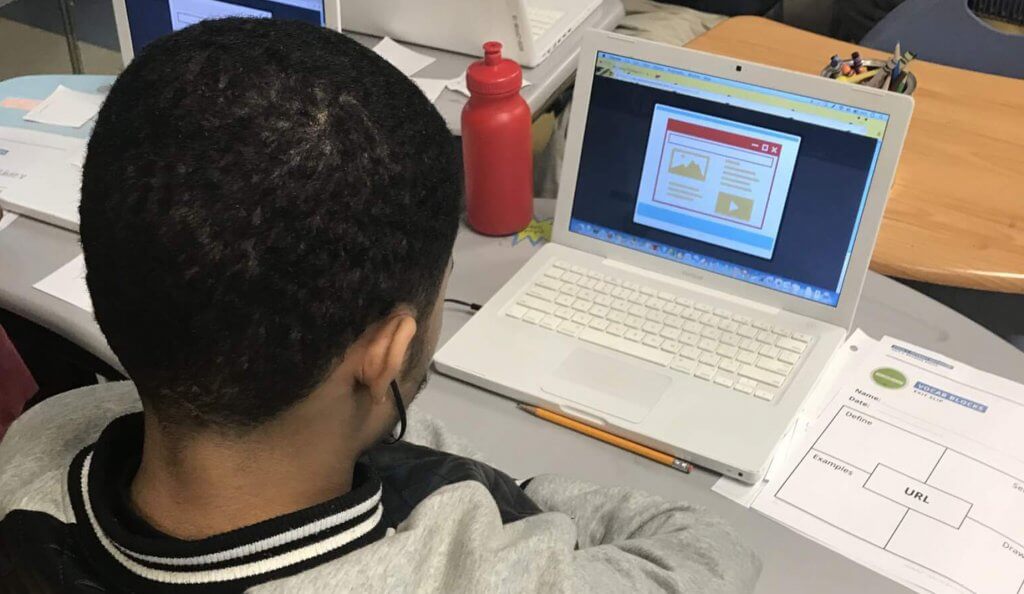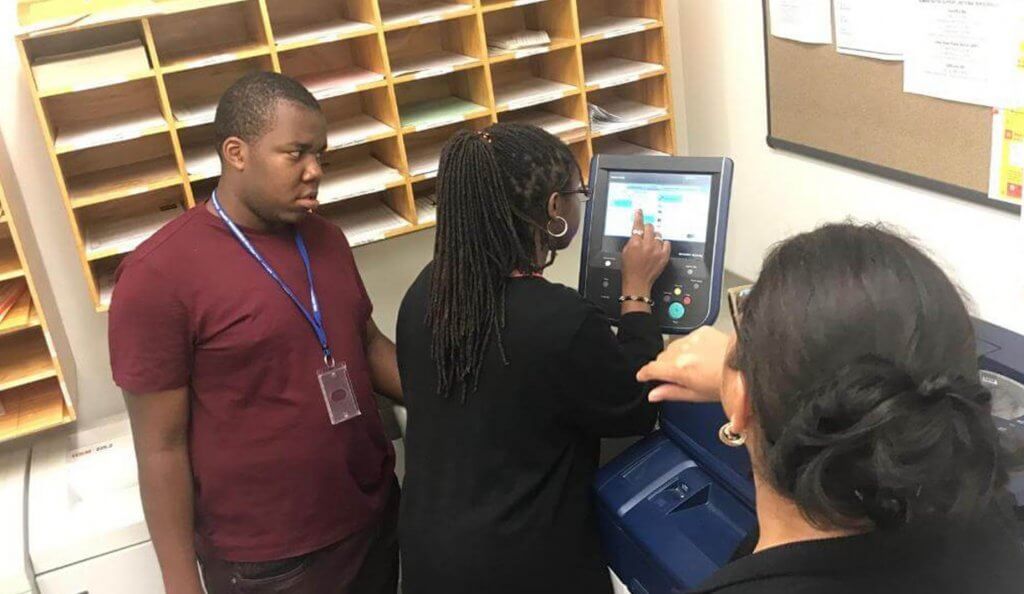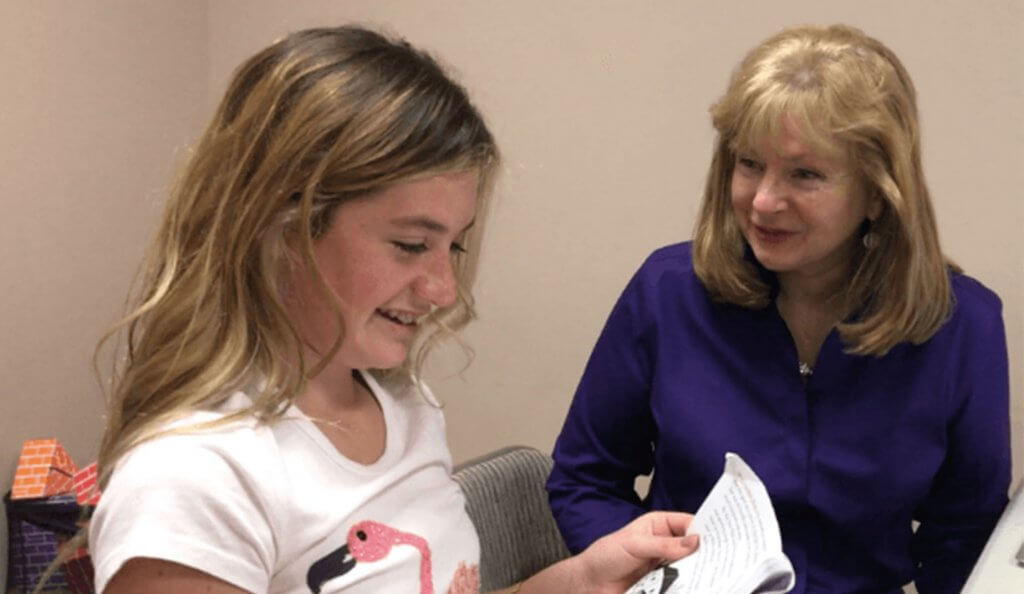Resource Library
Heres What Disability Inclusion Can do for Your Buisness
Accenture & Disability:IN present the facts about advantages disability inclusion creates Accenture & Disability:IN present the facts about advantages disability inclusion creates “Persons with disabilities present business and industry with unique opportunities in labor-force diversity and corporate culture, and they’re a large consumer market eager to know which businesses authentically support their goals and dreams.”…
Read MoreDigitability Video Library
Welcome to Digitability’s Video Library Success Stories At Digitability, we understand that it takes a village. That is why we designed a model that empowers all stakeholders in education and employment. Learn more about the impact Digitability has on students, teachers, parents, administrators and more! Explore In the News Digitability works hard to advocate for…
Read MoreSelf-Advocacy
“Speak up so I can hear you!” How to help students communicate their needs. Communication: In order to empower our students, we need to teach them how to advocate for themselves. For example, if a student is going to be late, they need to email you and let you know. Or if the student is…
Read MoreIncreasing Assistance
“Is the Word You’re Thinking About Called Prom…” How to use prompting to increase the probability that a desired behavior will occur. In this example, the teacher’s practice of increasing assistance comes from a wider understanding of prompting, which she uses throughout the lesson in order to guide students to a correct answer. Prompting: is…
Read MoreDifferentiation
“One size doesn’t fit all!” How to use differentiation in your instruction Differentiation is tough, but an integral part of teaching. Differentiation is made up of the adaptations that educators use to instruct a diverse group of students with diverse learning needs in the same environment. The teacher in this video uses differentiation to modify…
Read MoreIncreasing Attendance to a Task
“It looks like you are listening!” Helping students increase their attendance to a task Increasing attendance is the effort to make the rate rise with participation and engagement within a classroom setting. The increase in attendance can be managed by using different techniques of teaching that seem to work the best in your students work…
Read MoreProbing Questions
“Why do you think it’s important to know how to use email in a work setting?” Using Probing Questions During Informal Assessment Probing Questions are often open questions created to elicit anecdotal experiences from participants or assess their comprehension of newly delivered content. Probing questions could be questions for clarification, debatable questions, and the list…
Read MoreAccessing Prior Knowledge
“I know that you know…” Accessing prior knowledge to make new connections What does, accessing prior knowledge mean? Accessing prior knowledge is when a teacher connects personal experience or background knowledge to the new content, leading to an increase in comprehension. This connects some of the new concepts being discussed to learned knowledge from outside…
Read MoreKnowledge of Student
“Smarty pants!” Making connections using background knowledge of students. Demonstrating knowledge of students is imperative for connecting content to the intricate profiles of students: Teachers don’t teach content in the abstract; they teach it to students. Teachers must know not only their content but also their students. Ms. Dawn, the teacher in this video, is…
Read MorePeer Encouragement
“Way to go, Robert!” Peer Encouragement to Improve learning To create a healthy, positive learning environment, teachers can foster behavior to increase peer encouragement. Here, when one student completes the group activity, the entire class is cheering him on. This teacher’s classroom is an environment that thrives on both individual and group merits. It is…
Read More